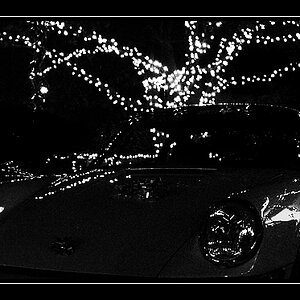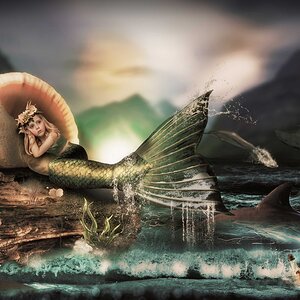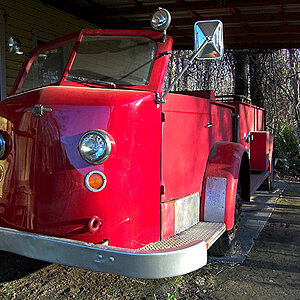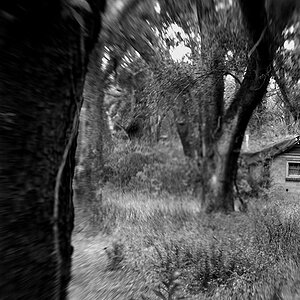Film4now
TPF Noob!
- Joined
- Sep 10, 2009
- Messages
- 1
- Reaction score
- 0
- Location
- Fairfax VA
- Can others edit my Photos
- Photos OK to edit
I've taken sports photos of my sons' teams for years and didn't really need a polarizer. However, the growing use of artificial turf fields has introduced a significant glare factor that I want to get rid of. I had a linear one from my film days but didn't use that based on all the discussions about the impact on autofocus. So I purchased a Sunpak (that's what my local photo shop carried) that I use on my Nikon 18-200 VR lens. When I compare shots with and without the filter, the ones with the filter are just not as sharp - so much so that I don't want to use them. This is true whether I use the D70 or D300s. Should I purchase a different brand? Forget the filter and live with the glare? Thoughts?








![[No title]](/data/xfmg/thumbnail/35/35215-cb01ff31834a4ee952045622f00781a5.jpg?1619736952)



![[No title]](/data/xfmg/thumbnail/33/33491-46949ced4f9729f095cb48c6c61633db.jpg?1619736003)

